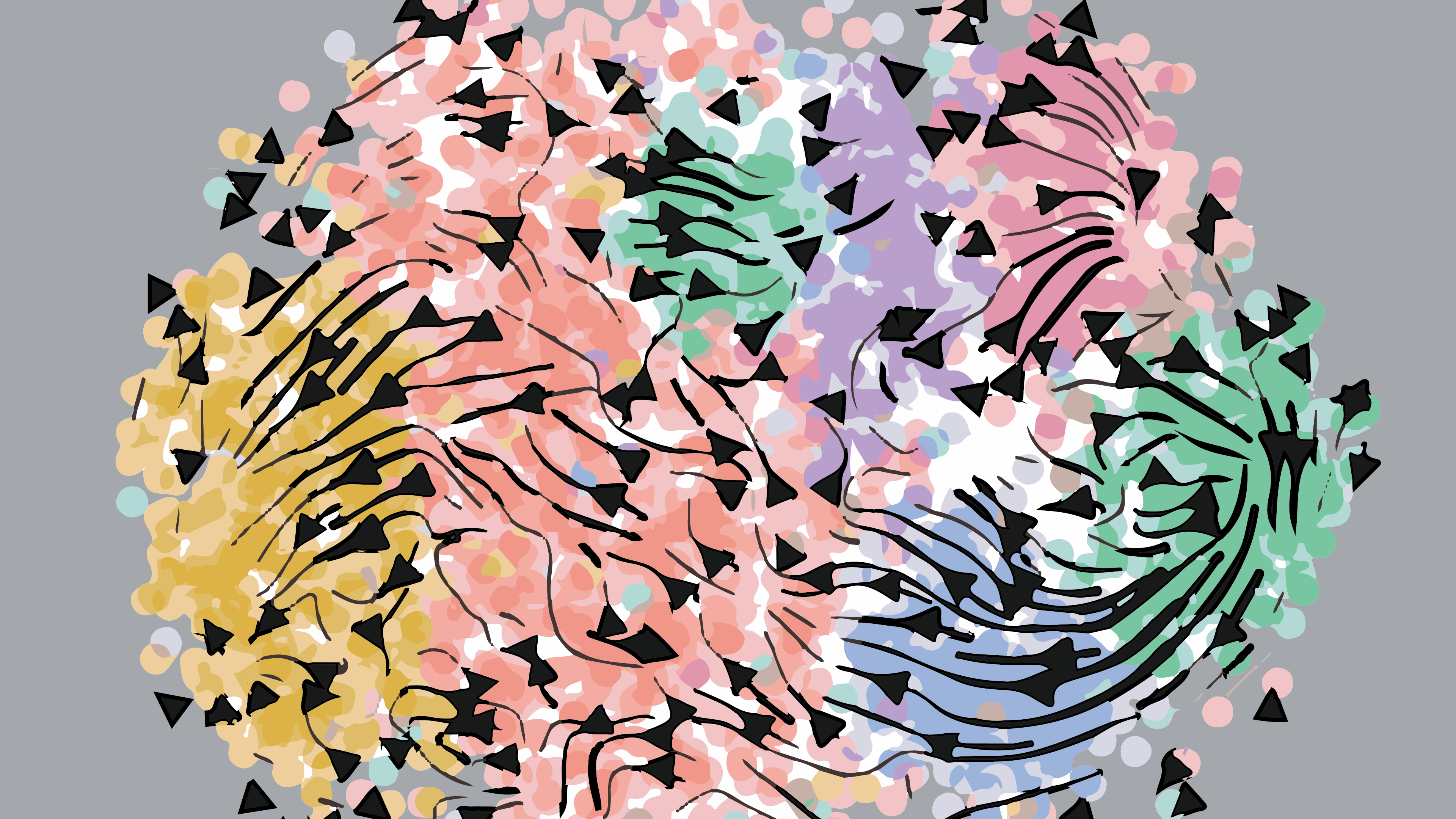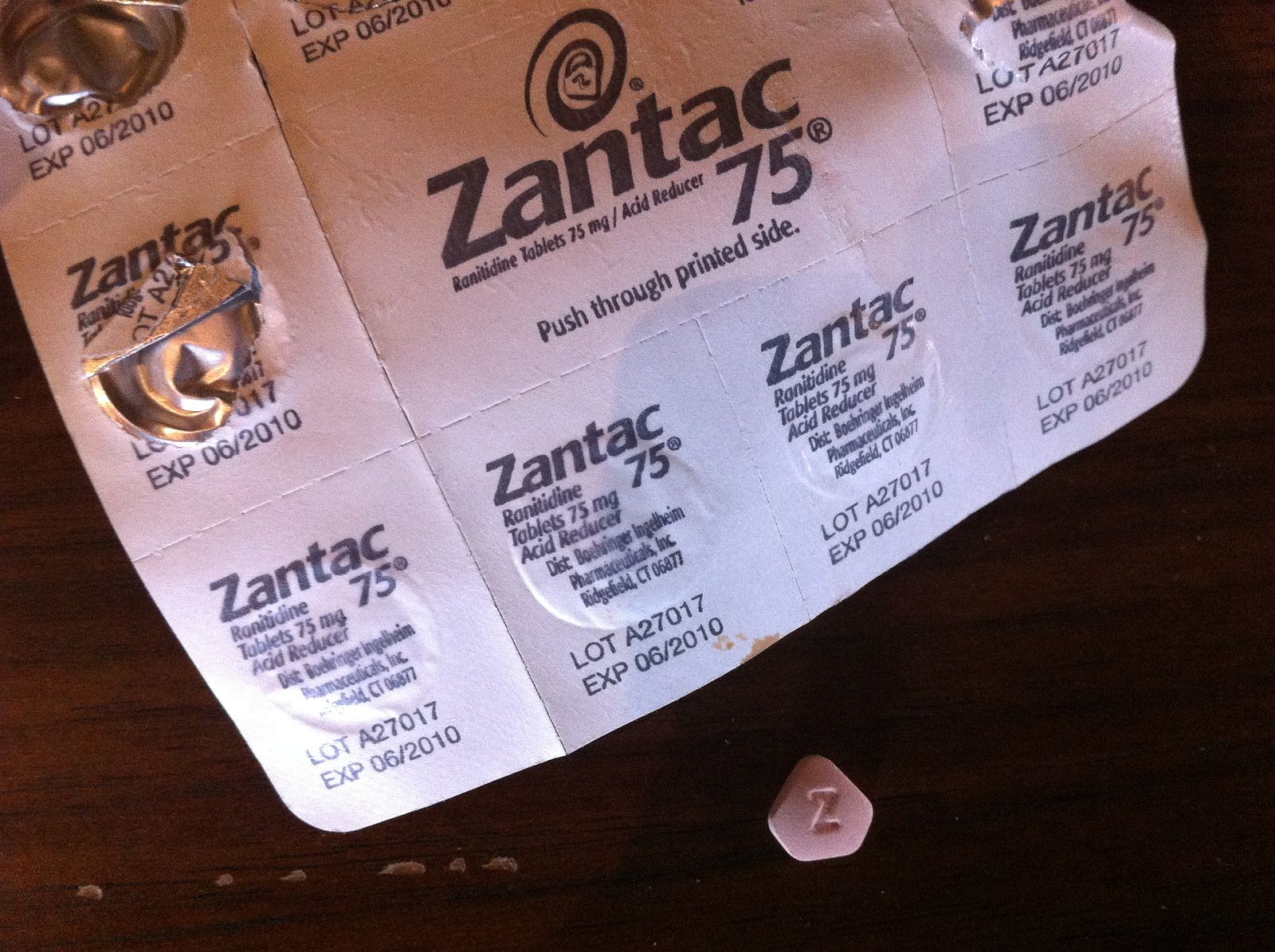
Scientists Unveil Surprising Human vs Mouse Differences in a Major Cancer Immunotherapy Target
Results of a comprehensive analysis refute assumptions that a key immune checkpoint receptor functions the same in rodents and humans
Since its discovery in the 1990s, “programmed cell death protein 1,” or PD-1, has been regarded as a leading target in cancer treatments. A “checkpoint” receptor that often resides on the surface of immune system cells, the PD-1 molecule works as a type of off switch that keeps immune cells from attacking other cells.
After its discovery, which revolutionized oncology and earned a 2018 Nobel Prize, researchers developed new drugs to block PD-1 and unleash the body’s immune system to fight cancer. Yet treatments leveraging PD-1 are only effective in a small fraction of cancer patients, highlighting the need for a deeper understanding of how PD-1 works. Much of our current knowledge of PD-1’s functions comes from studies in mice, grounded on the assumption that rodent and human biology operate similarly.
Researchers in UC San Diego’s School of Biological Sciences and School of Medicine have now discovered that this assumption may be flawed. In a comprehensive assessment of PD-1 that featured novel biochemical analyses, animal modeling and a new evolutionary roadmap tracing PD-1 back millions of years, the UC San Diego scientists and their colleagues at the Chinese Academy of Sciences found that PD-1 in mice is significantly weaker than the human version.
Leave a Comment
Related Posts





















